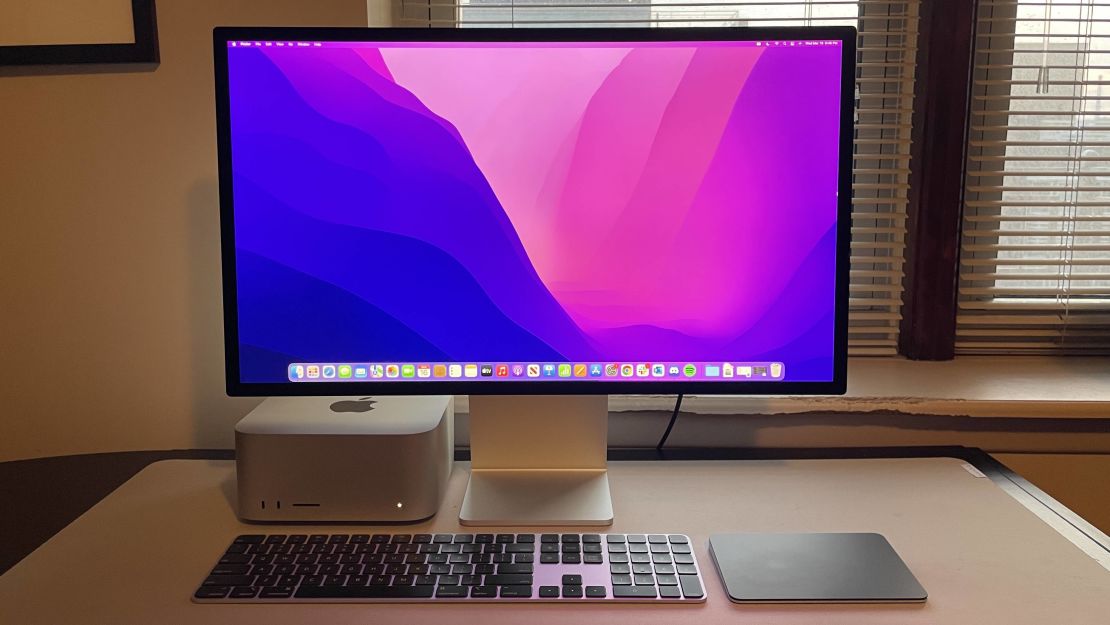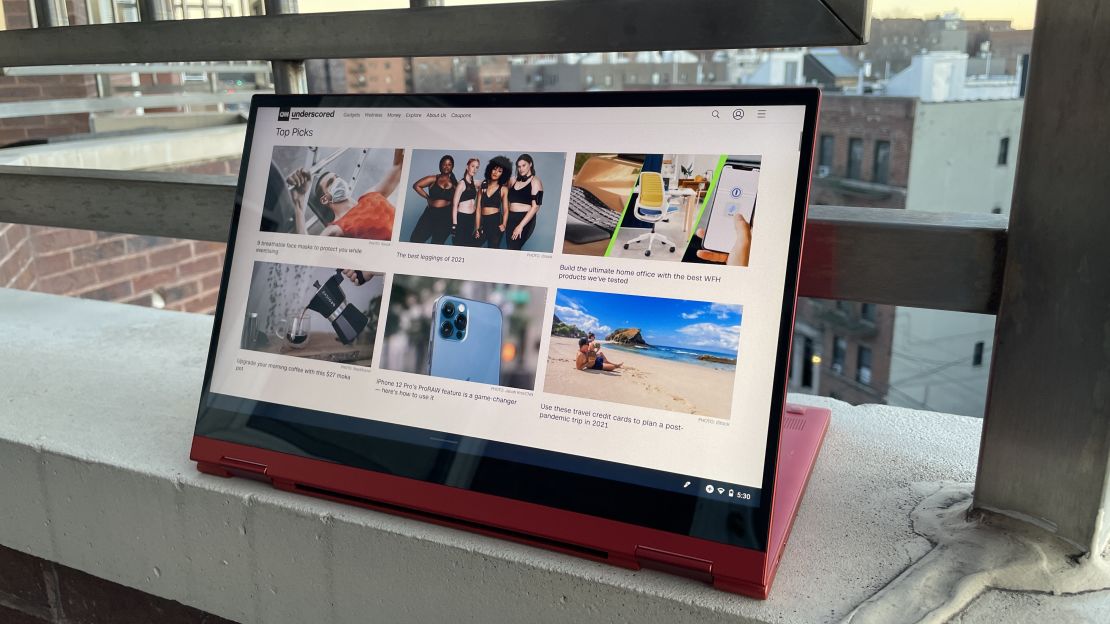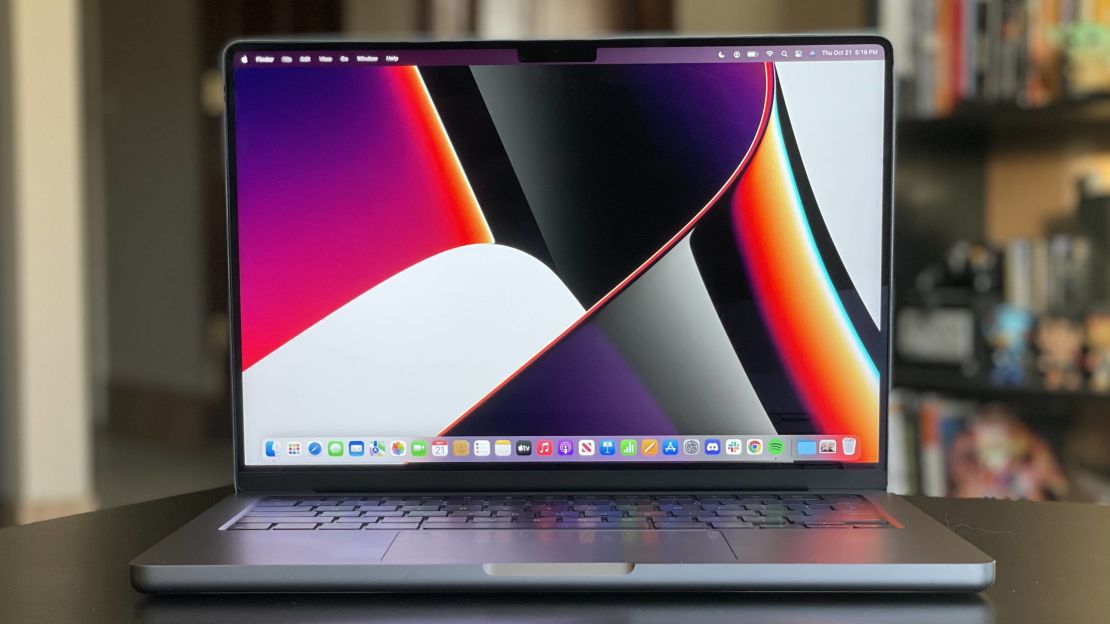You need a new computer, and you’re not sure which way to go: desktop or laptop? While laptops have a lot to offer in terms of portability and flexibility, they’re often limited in terms of ports and upgradability. A desktop offers more customizability, giving users the ability to swap out parts and choose their own keyboards and other accessories, but the price of all of those extras can add up fast. The performance gap between the two is smaller than ever (with some laptops that can even outperform comparable desktops), which makes the choice even trickier.
Picking the right PC for you is nowhere near the clear-cut decision it once was, yet it needn’t be a scary one. In this guide, we’ll lay out many of the basic considerations you’ll need to make before you choose a laptop or a desktop computer for your needs.
Which design is for you?

It’s easy just to lump everything into the two main categories of laptop and desktop, but there’s a ton of variability in both worlds, with plenty of crossover between them. Desktops, for instance, can come in three main forms: the standard tower, the compact desktop and the all-in-one.
Towers offer the most modularity, thanks to the spacious interiors that allow you to add upgrades like faster RAM, more storage, network adapters and more, while compact desktops are space-saving machines that can fit into almost any desk and still offer impressive performance. The tiny Mac Studio, for example, is one of the most powerful home computers you can buy today.
All-in-ones like the 24-inch iMac or the Dell Inspiron 7790 also give users hassle-free setup and no splaying components, offering many of the same simplicity benefits as a laptop, often with more ports and always a larger screen. Of course, all-in-one computers also tend to have many of the same downsides as a laptop; most of them can’t be upgraded once purchased without some expensive trips to PC service shops or risky DIY work, so you’ll have to make sure you get the specs right the first time or risk having a fleet of external drives and other peripherals ruining that once pristine workspace aesthetic.
In the world of portable computing, your choices come down to traditional laptops — those clamshell designs that involve a keyboard and a touchpad, with a non-touchscreen — and convertibles, which have touchscreens that can be folded all the way around so they can function as Windows tablets. You can also get Chromebooks in these two forms, while Apple’s laptops only come in traditional laptop form, with no touchscreens to be found.

And then there are tablets, which can be used like laptops when paired with certain accessories, and even more specifically, Windows tablets like the Microsoft Surface and Chromebook tablets like the HP Chromebook x2 11, which has gotten strong reviews due to its solid build quality and excellent battery life.
In the interest of brevity, we’ll assume you’ve ruled out tablets and will just say this: If you like the tablet form factor but need to multitask, we’d strongly recommend a Chromebook tablet or 2-in-1 like the Galaxy Chromebook 2. Apple has been taking careful baby steps for years toward making the iPad a viable laptop alternative while keeping it distinct from MacOS, but you still have to be pretty determined to really use one for multitasking with any sort of flow. Still, if you’re not sure yet whether you want a tablet or a laptop, we have a piece covering just that, albeit limited in scope to iPads and Chromebooks.
How much space do you have?

Not everyone has a giant desk that can accommodate a great big tower computer beneath it, and many folks need to cram all their office gear onto a very small surface. Every square inch of your desk is precious real estate, and being able to fit a computer into that space can be tricky.
In some ways, a laptop can be great in this situation. With the right laptop stand — one that holds it vertical — even chunky gaming laptops can have a tight footprint that lets you fit more devices on your desk. This is also where systems like the HP Envy All-in-One or the latest 24-inch iMac come in. These machines often combine top-notch displays with powerful built-in computers and wireless connectivity that allows you to keep a supremely tidy workspace and offer easy setup and use that’s matched only by a laptop.
If you’re just replacing an older desktop, the beauty of ever-miniaturizing tech is that you can get some truly powerful computers in a tidy package. The clearest current example of this is the Mac Studio, which stands at just under 4 inches tall and 7.7 inches square. It’s one of the most powerful prebuilt personal computers ever made, and you could fit four of them into?the space taken up by a 2019 Mac Pro.
What’s your use case?

When considering a new computer, you’ll need to think about your specific needs. For example, a good laptop is essential for musicians, and with its new custom silicon, Apple’s M1 MacBook Air — one of our best laptop picks — has gone from being an expensive entry-level machine to a fully wrought computer, ideal for the kind of DIY recording people have done for years. Writers, too, benefit from a laptop’s portability. The ability to change your surroundings while extending your workflow to that new place can free up mental blocks, which is a boon for students, writers and other creatives. For some uses — web browsing, watching video and certain types of creative writing — a MacBook or Windows laptop can be overkill, so again, you might consider a Chromebook, which can often come in under $200.
But others, like video or photo editors, might prefer a desktop. The ability to match a monitor to your choice of PC components can be essential if you want ideal color representation on the screen or you just want a large monitor to see fine details up close. It’s important to note that laptop screens are rarely bright enough, and even the largest among them tend to top out at 17 inches. Video and photo editing takes more horsepower as well, so although you can find laptops that may be capable, you’ll pay a lot more. Plus, most come with a limited port selection, necessitating extra docks or hubs to extend the functionality of the machine.
How much performance do you need?

There are certain tasks that will always need more power, and though laptops have come a long, long way in recent years, they simply can’t compete when it comes to GPU performance. Gaming can be one such area, as it requires a powerful GPU that tends to produce a lot of heat — something that laptops aren’t great at distributing. A good thermal environment is still crucial for great graphical performance.
Although there are very impressive machines like our best gaming laptop pick in the Asus ROG Strix G15 Advantage Edition, gaming laptops tend to age out of their usefulness relatively quickly, as the tasks they’re asked to complete grow ever more complex and demanding. For that reason, a traditional desktop like the MSI Aegis RS — our current pick for best gaming PC overall — is better since you can continually update the internal components on an as-needed basis, spreading out the cost of upgrading over time and letting you use the other perfectly functional parts of the machine for far longer, which is more cost-effective and less wasteful.
But a need for good performance isn’t a road that always leads to a desktop. As mentioned above, self-recorded musicians can get a huge benefit from a powerful laptop, as can DJs, who often need a consistent, reliable laptop that won’t let them down in the middle of a job. And programmers or other tech professionals will want a performative laptop — someone looking at one of those online boot camps should strongly consider a decent laptop. The freedom to work wherever you want can make it easier to focus, and nothing is more distracting than a machine that’s easily bogged down by too many programs running or a glut of Stack Overflow tabs open in Chrome.
What about using a laptop as a desktop?

There is, of course, a third way: the laptop-as-a-desktop. If you’re trying to get the most value and functionality out of your computer, this is an excellent way to go. Until fairly recently, this type of setup involved heavy compromise, as support for an external display could be finicky, power constraints would leave a laptop feeling less powerful and, as mentioned above, port availability would be an issue. Depending on the manufacturer, some of this is still true, but using a laptop in place of a desktop machine can generally be almost indistinguishable from the real McCoy.
Modern laptops are great machines that can handle heavy workloads and, apart from many RGB-laden gaming laptops or low-end general purpose alternatives, often have batteries that can last an entire workday, sometimes with power to spare. Properly configured, these machines can easily turn into desktops when you plug a monitor into them, and for people with light workloads who also need to be able to take their work with them, something like the 14-inch MacBook Pro (or any M1 laptop, for that matter) is like getting two computers in one.
Bottom line

Picking a computer form factor that’s appropriate for your needs — and powerful enough to do what you ask of it — can be tricky, and for some, it can be easy to overlook a spec you might need. But it’s equally easy to overspend on a machine that does far more than you need it to. Before you commit to a purchase, make sure you’re clear-eyed about what this purchase could lead to.
If you’re buying a desktop, for example, you may need to also invest in a keyboard, mouse and monitor. If you’re a playwright, you could easily get away with a Chromebook — or, if you prefer not to put all your work in the cloud, a low-cost Windows machine like the Acer Aspire 5. You can even go with an older used machine — for years, I wrote on an ancient, cheap secondhand HP desktop machine I picked up at an office auction before finally upgrading to an iMac.
No matter what your decision, having a clear head about your needs can see them fulfilled for years to come with the right machine. And when you need insights about which machine to pick, guides like our best gaming desktop, best MacBook or best Windows laptop pieces, along with in-store test drives and the myriad YouTube videos available for most computers, should help you narrow down your choices.




















